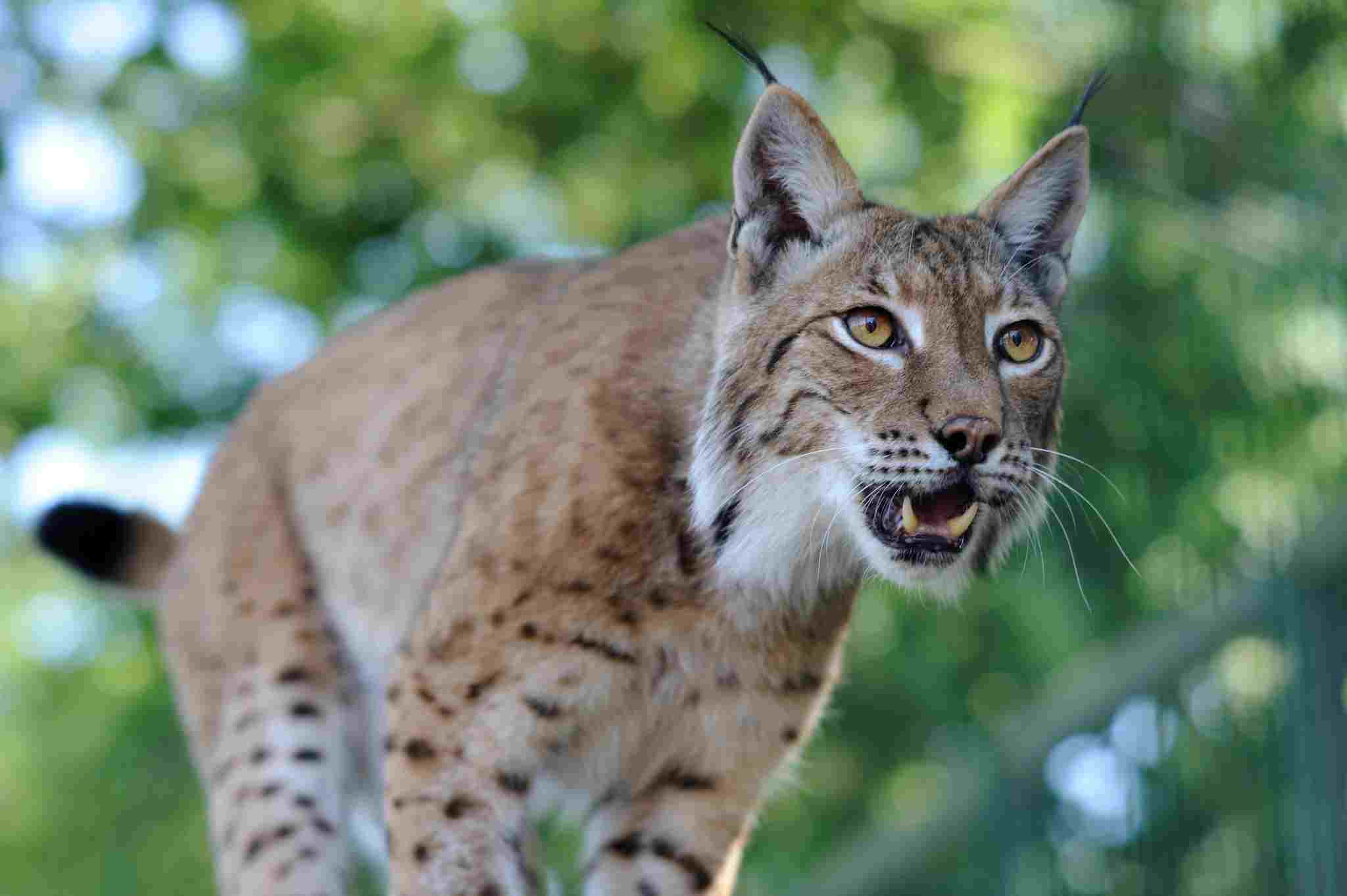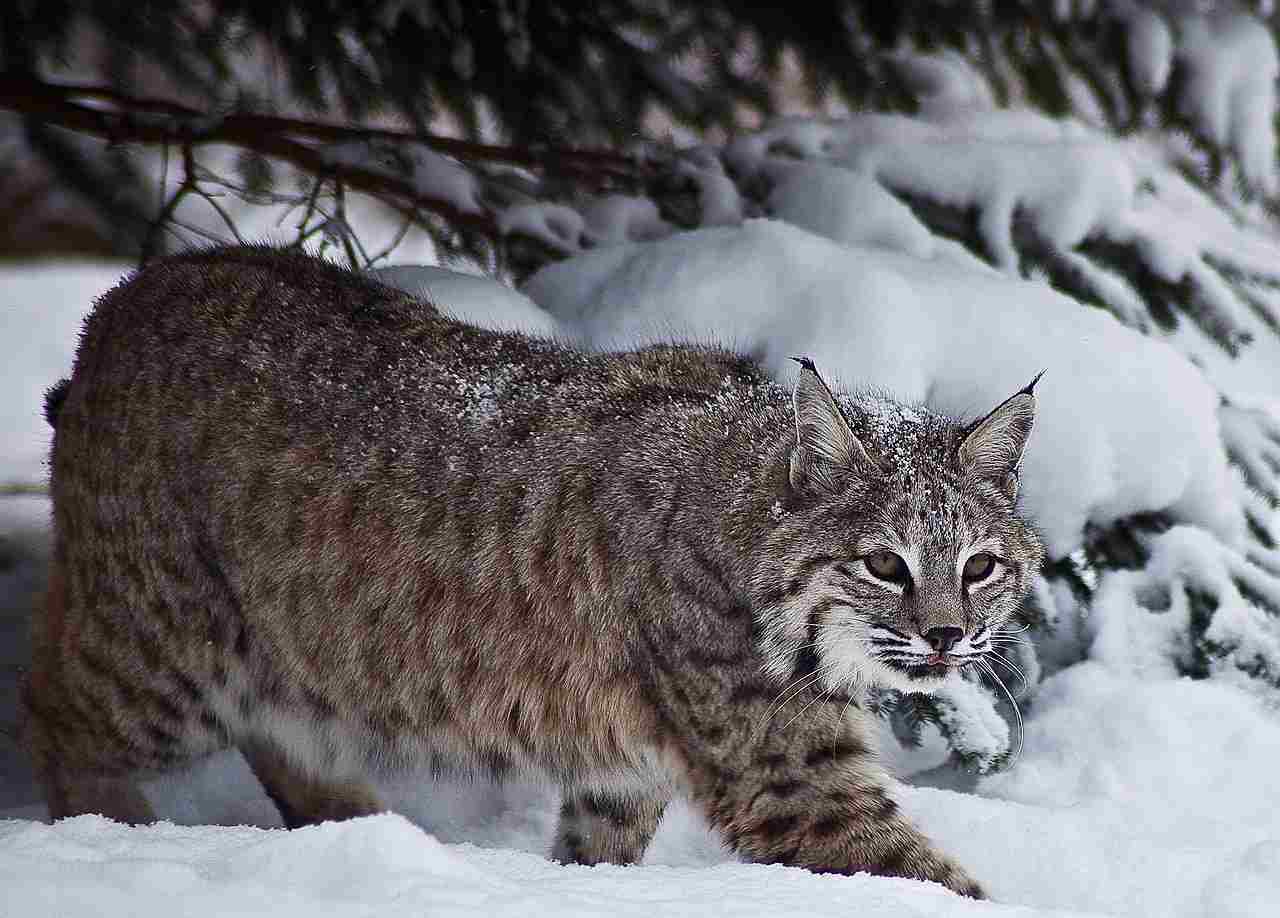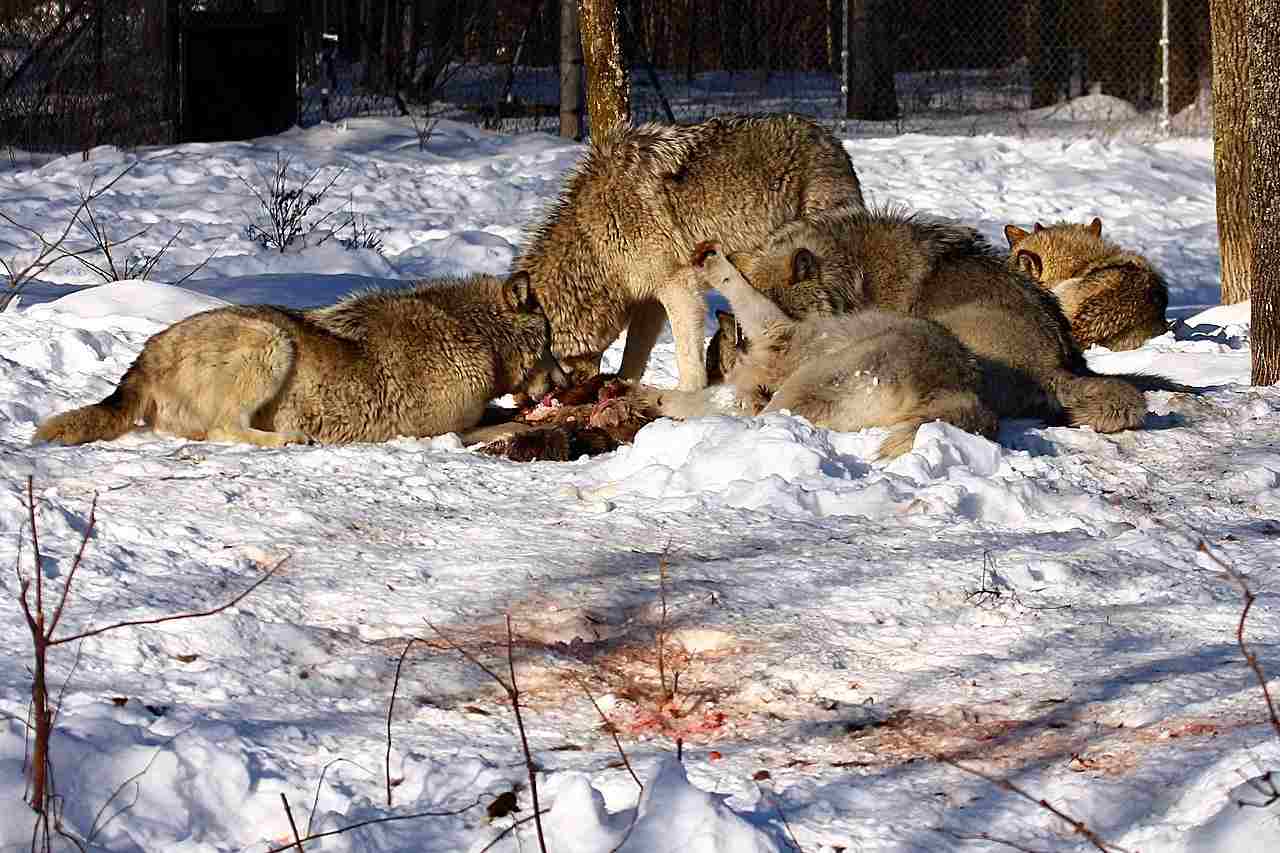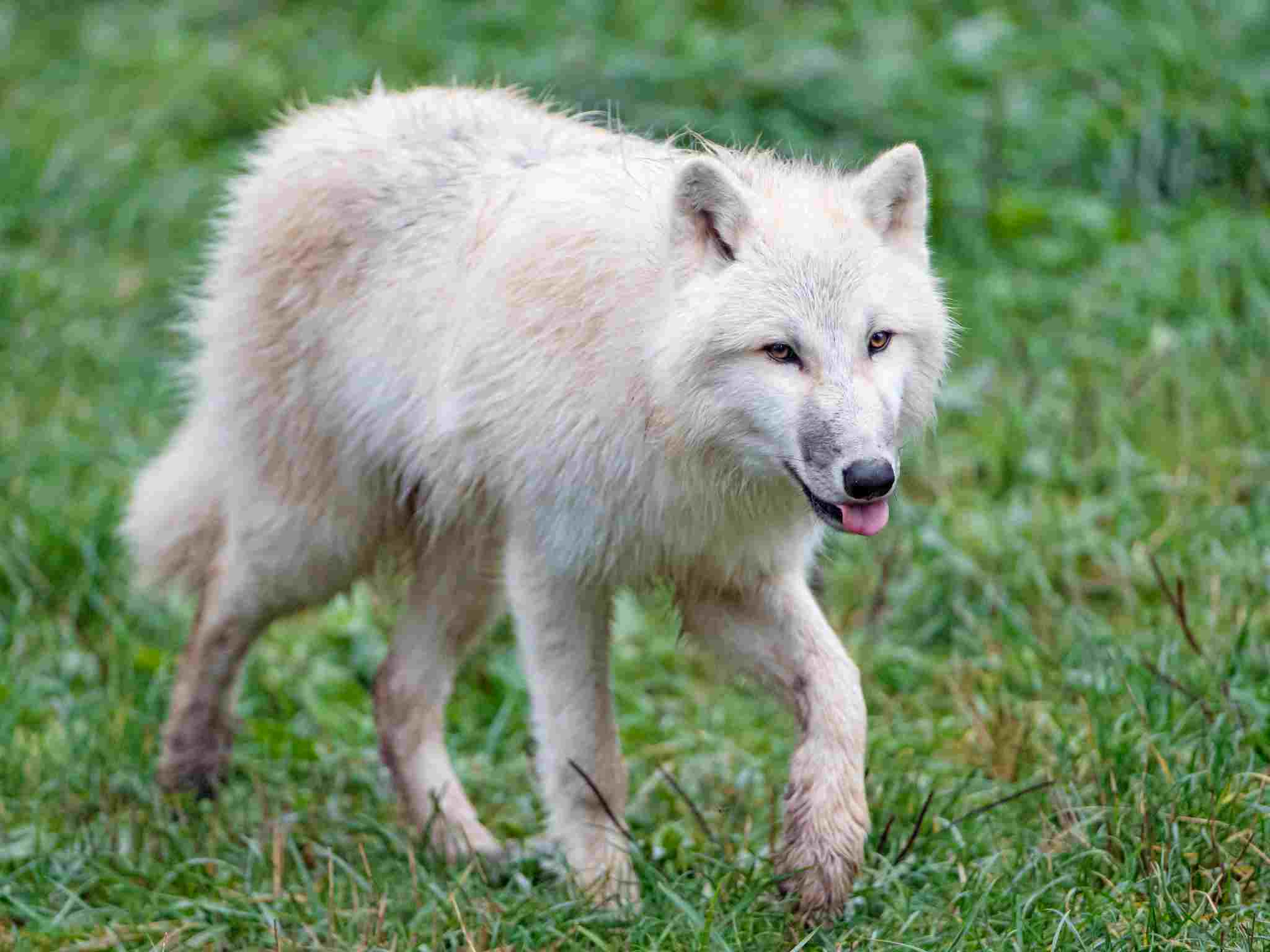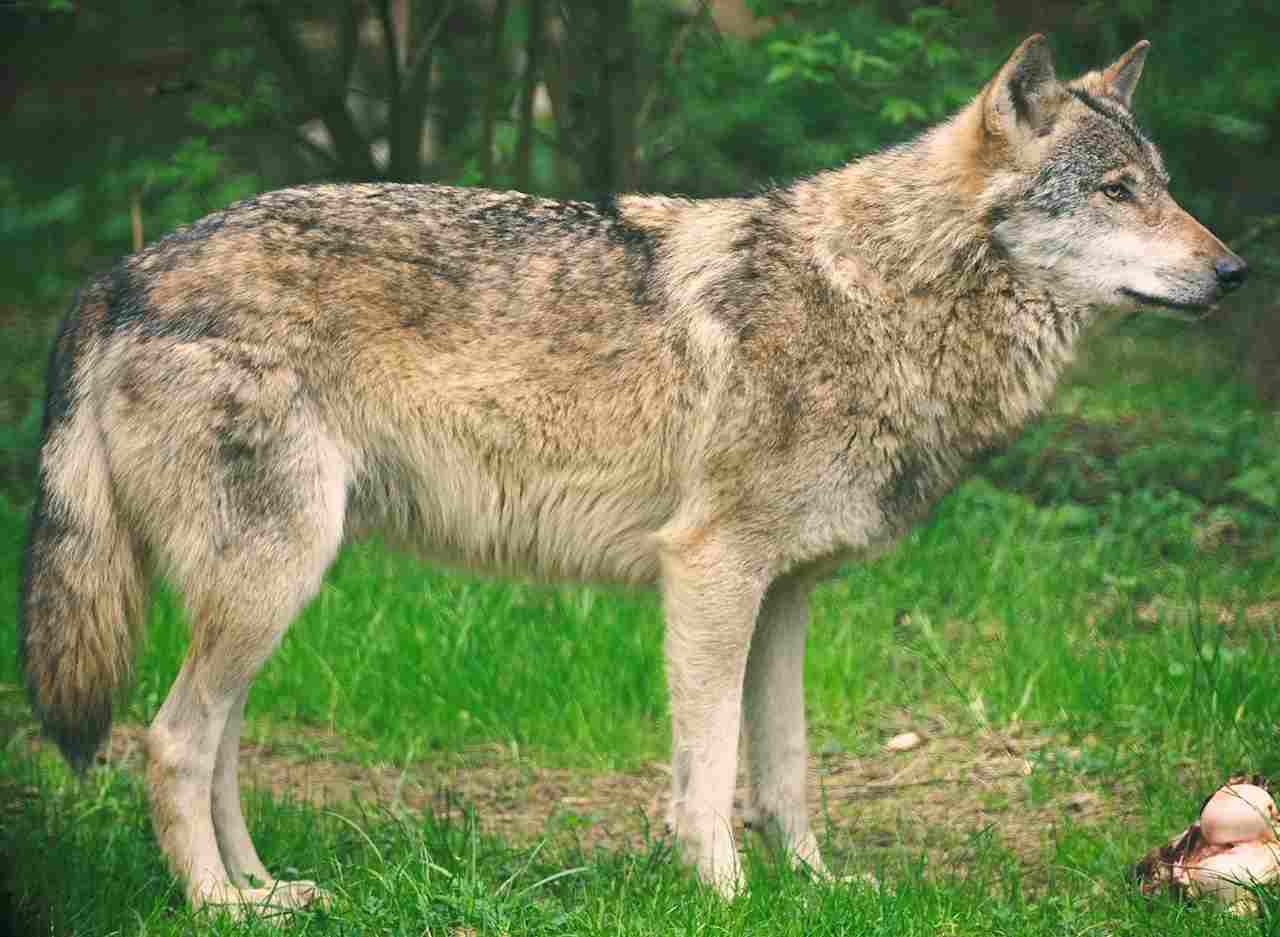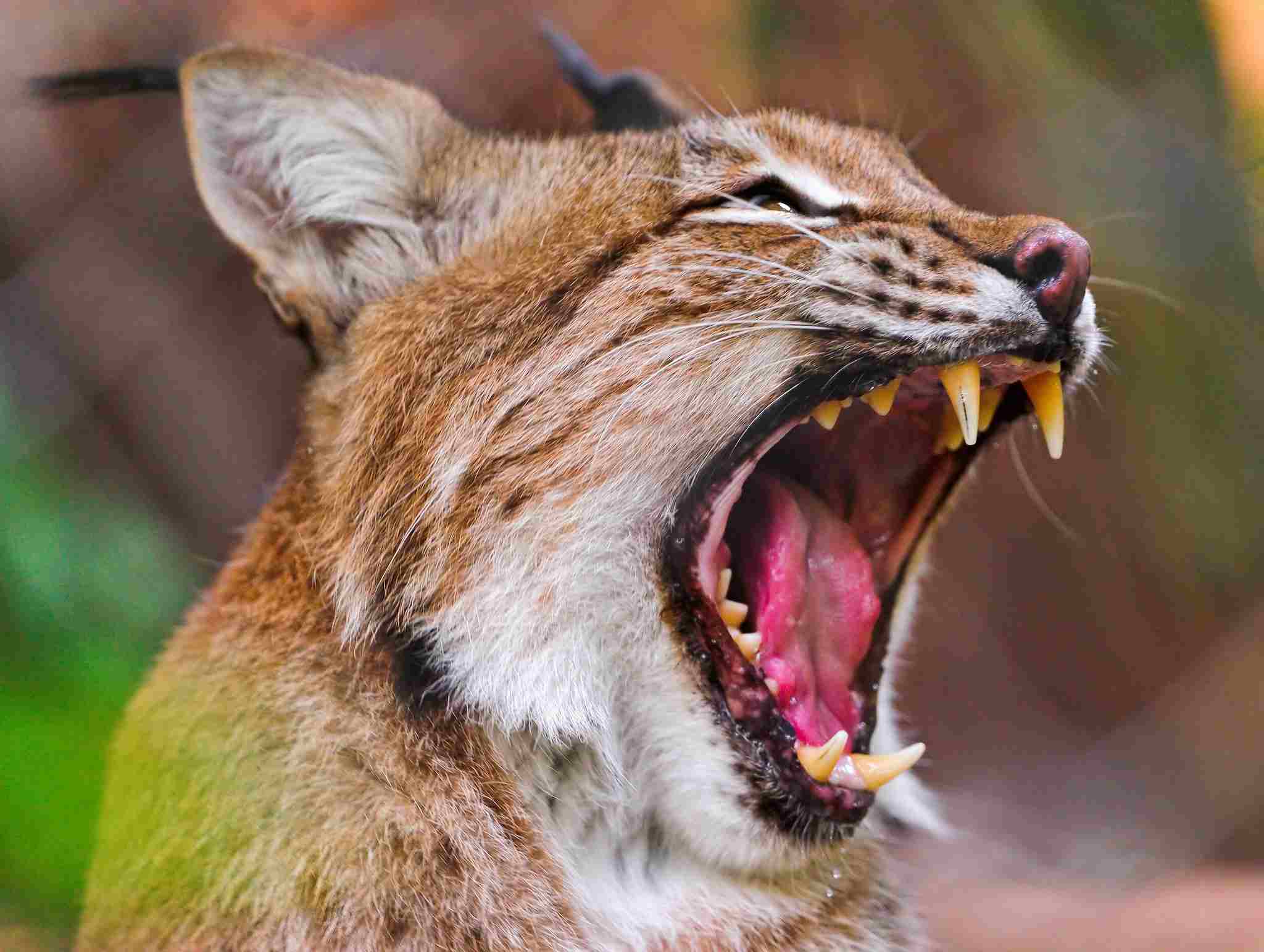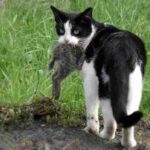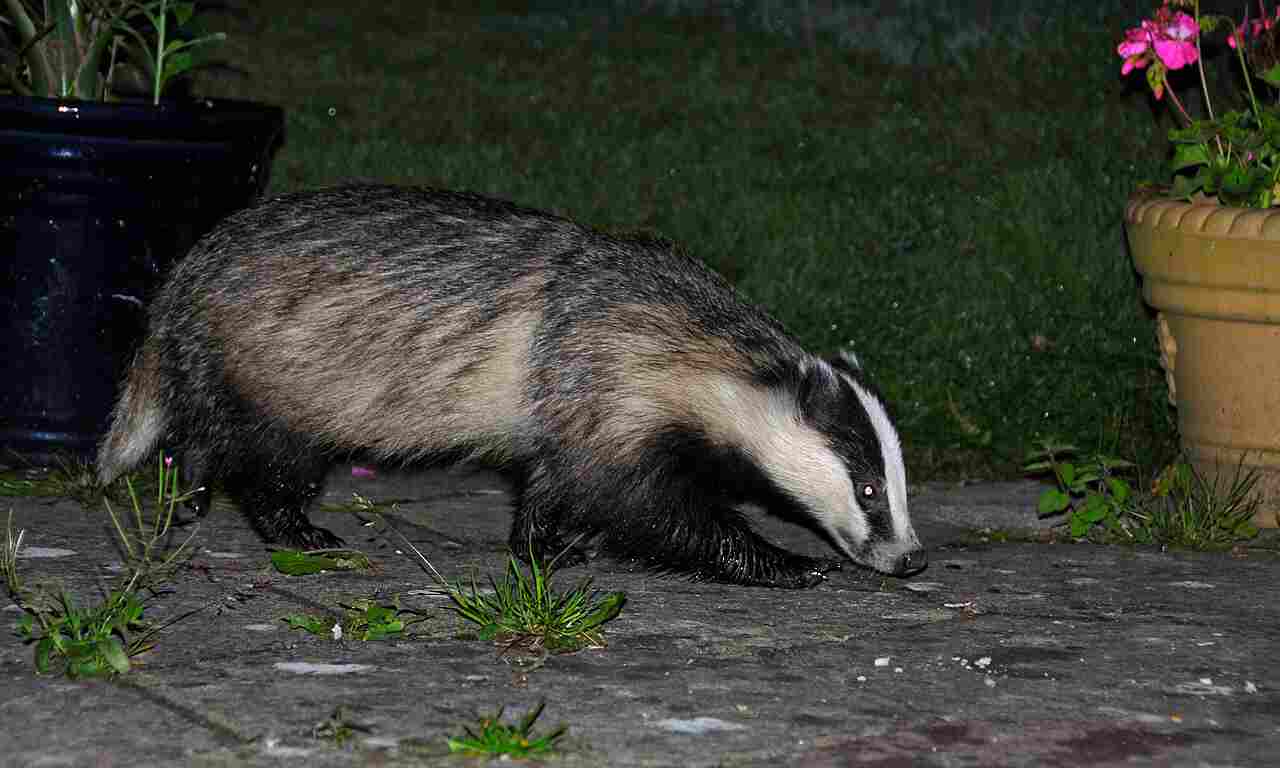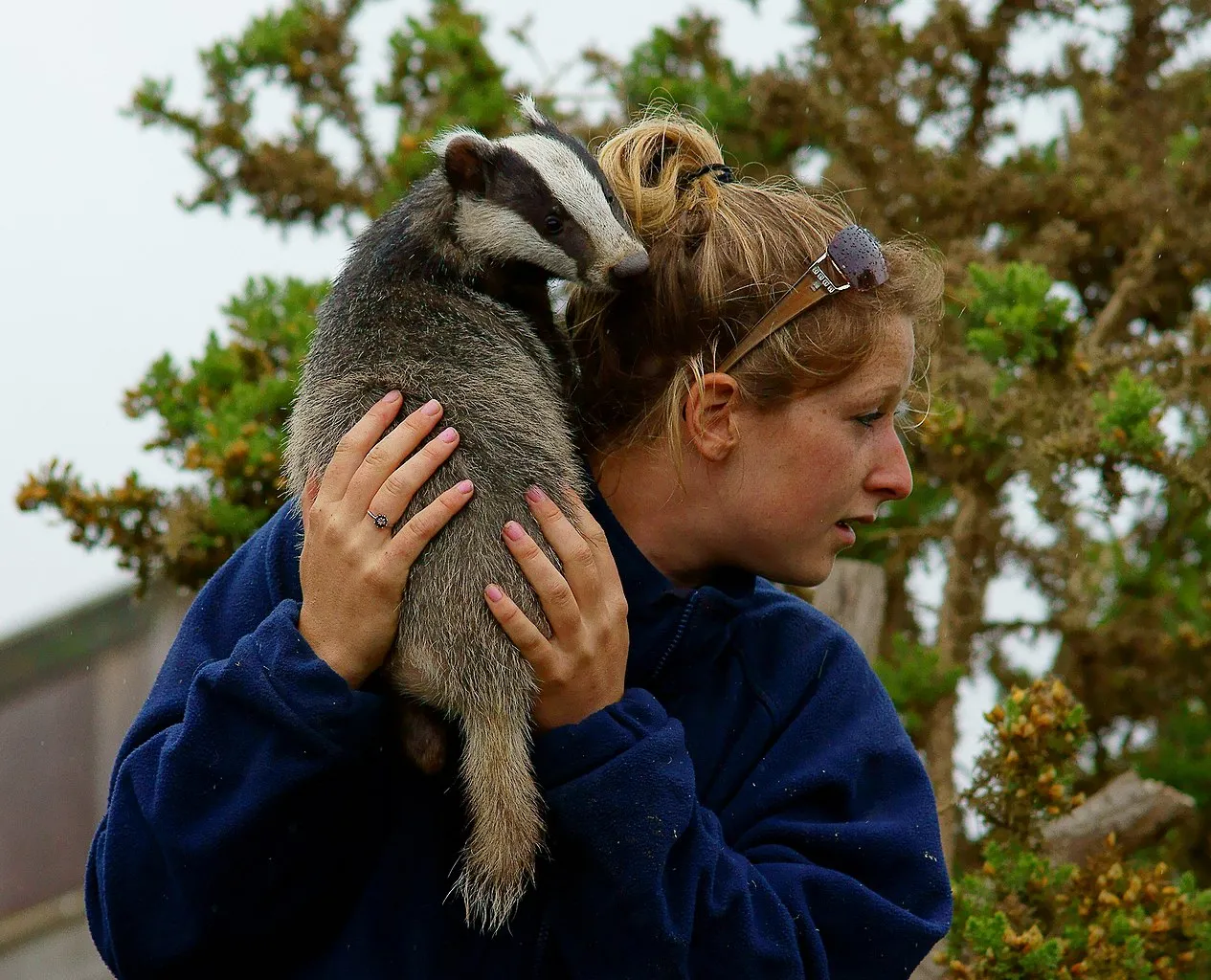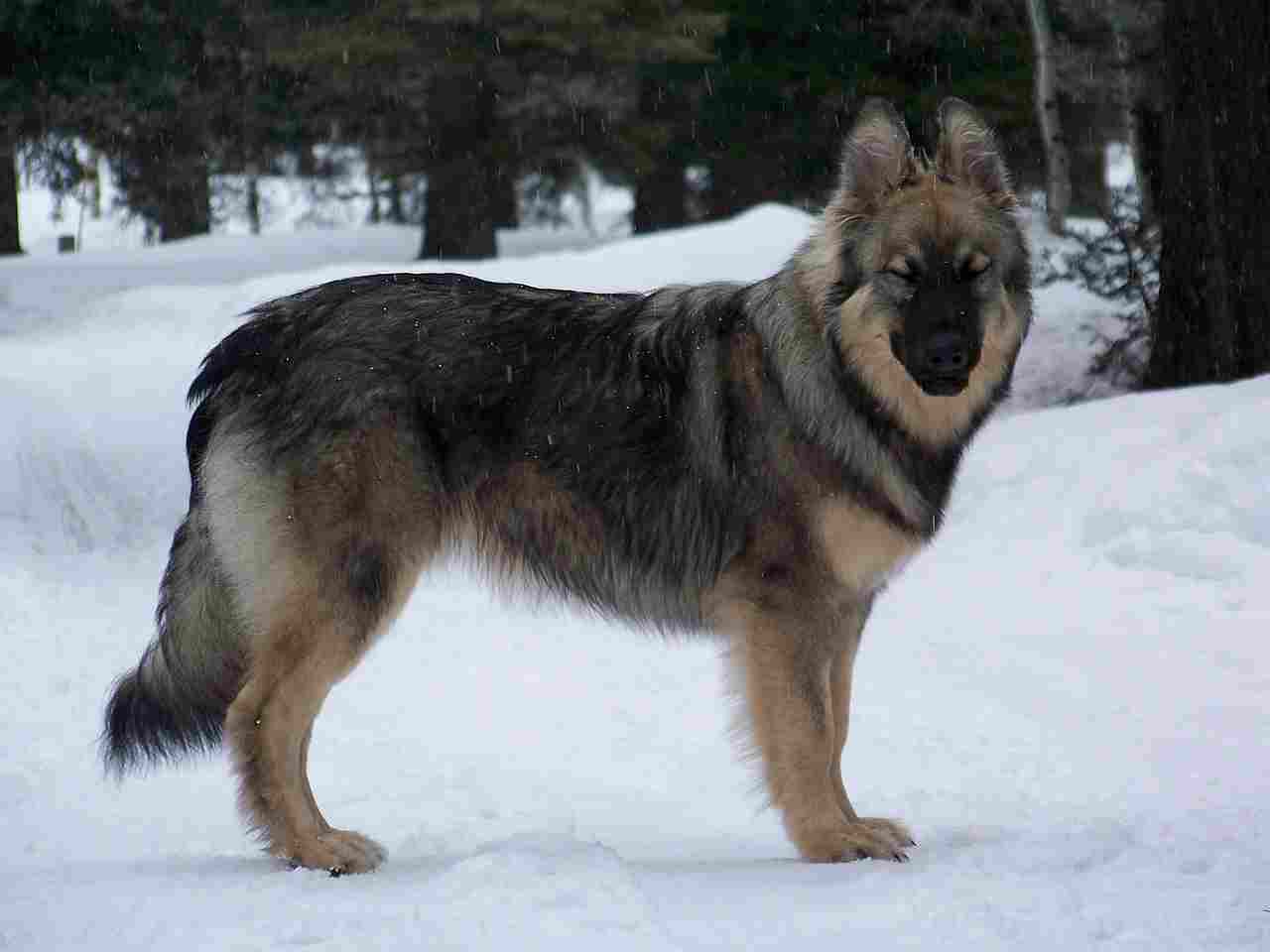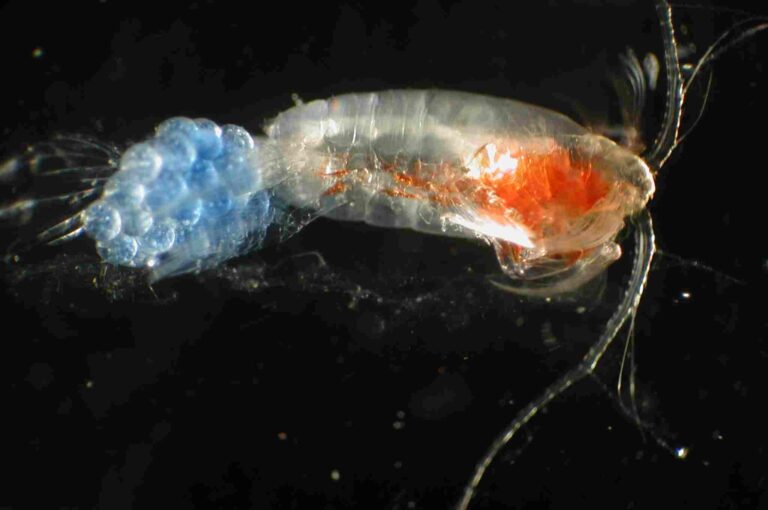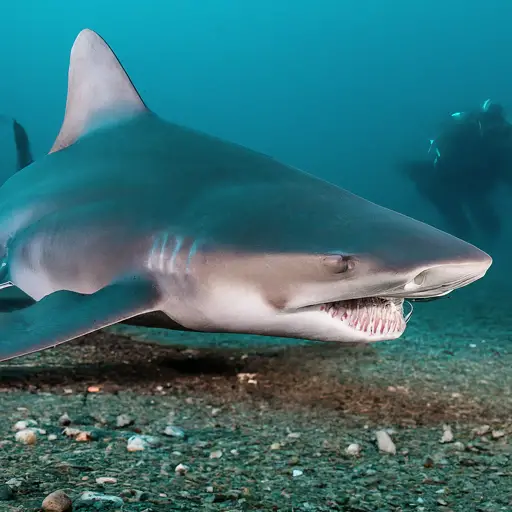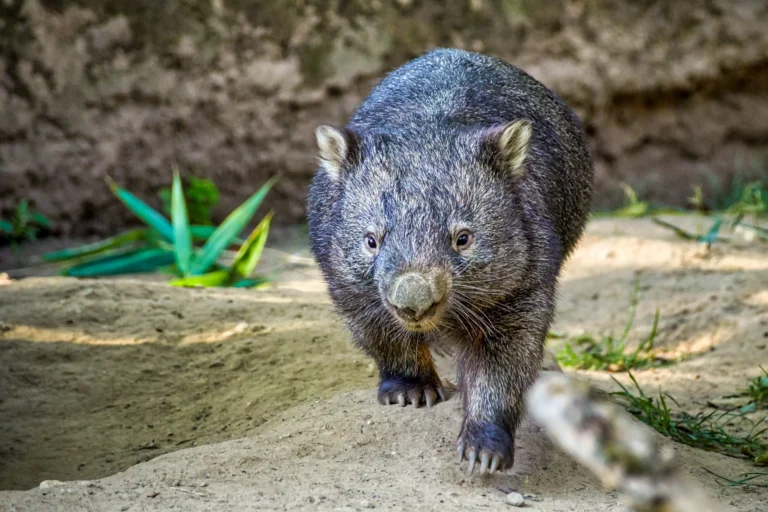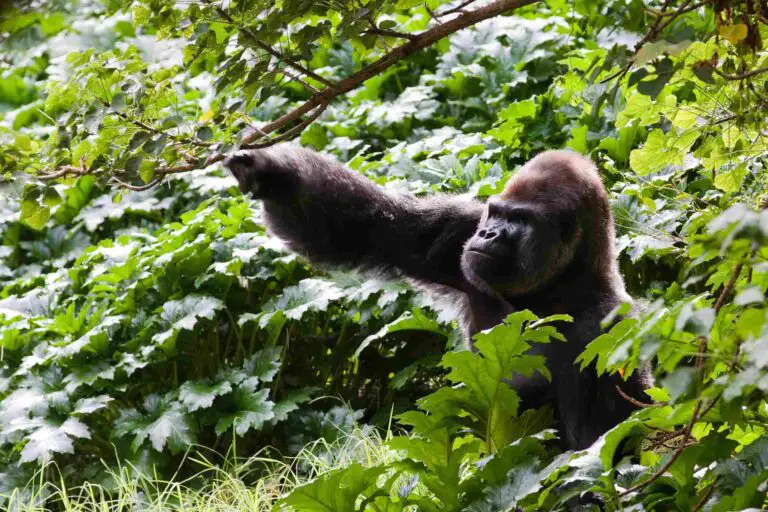9+ Carnivores in Wisconsin and Their Characteristics
Examples of carnivores in Wisconsin include gray wolves, bobcats, pumas, badgers, and Canada lynx. These species play vital roles in maintaining ecosystem balance by controlling prey populations and contributing to biodiversity. While some, like the gray wolf, have faced near extinction but made remarkable recoveries, others, like the puma, are occasionally sighted but face habitat concerns. Conservation efforts focus on protecting their habitats, mitigating conflicts with humans, and raising awareness about their ecological importance.
1. Gray Wolf
The gray wolf, scientifically known as Canis lupus, once roamed freely across Wisconsin’s landscape, playing a crucial role in the state’s ecosystem as a top predator. Historically, wolves were abundant throughout the region, but due to habitat loss, hunting, and persecution, their populations dwindled to near extinction levels by the mid-20th century. However, concerted conservation efforts have led to a remarkable recovery, and gray wolves have made a comeback in Wisconsin.
These apex predators primarily inhabit forested areas but can also be found in grasslands and wetlands. They are highly adaptable and can thrive in various habitats as long as there is sufficient prey availability. Gray wolves are social animals, living in packs led by an alpha pair. These packs establish territories, which they defend from other wolf packs and predators.
In Wisconsin, gray wolves primarily prey on deer, beavers, and smaller mammals like rabbits and rodents. Their presence has a significant impact on the ecosystem, regulating prey populations and influencing the behavior of other species. However, their resurgence has also led to conflicts with farmers and ranchers, as wolves occasionally prey on livestock.
Management of the gray wolf population in Wisconsin is a contentious issue, with debates surrounding hunting quotas, conservation efforts, and coexistence with human communities. Despite the challenges, the return of the gray wolf to Wisconsin is a testament to the resilience of both the species and the conservation initiatives aimed at protecting it.
2. Bobcat
The bobcat (Lynx rufus) is a native carnivore found throughout Wisconsin, inhabiting a diverse range of habitats, including forests, swamps, and farmlands. Recognizable by their tufted ears, short tail, and spotted fur, bobcats are elusive creatures that are skilled hunters, preying on small mammals like rabbits, squirrels, and mice. They are solitary animals, with each individual maintaining a territory that overlaps with those of several females.
While bobcats primarily hunt smaller prey, they are opportunistic feeders and will occasionally take down larger animals such as deer, especially when food is scarce. Despite their adaptability and relatively stable population in Wisconsin, bobcats face threats such as habitat loss, road mortality, and illegal trapping. Conservation efforts aim to monitor their populations and mitigate these threats to ensure their continued presence in the state’s ecosystems.
3. Puma
Also known as mountain lions or cougars, pumas (Puma concolor) were once native to Wisconsin but were extirpated from the state in the early 20th century due to hunting and habitat loss. However, occasional sightings and evidence of transient individuals suggest that pumas may still roam the state, particularly in the northern regions where suitable habitat and prey are available.
Pumas are solitary and elusive predators, known for their stealth and agility. They have a wide-ranging diet, feeding on deer, small mammals, and occasionally livestock. Despite their reclusive nature, the potential presence of pumas in Wisconsin raises questions about habitat connectivity, human-wildlife conflicts, and conservation efforts aimed at protecting these apex predators and their habitats.
4. Badger
The American badger (Taxidea taxus) is a distinctive carnivore native to Wisconsin, characterized by its stocky build, short legs, and bold black and white facial markings. Despite their name, badgers are not solely carnivorous; they are omnivores, feeding primarily on small mammals such as ground squirrels, mice, and voles, but also consuming insects, birds, reptiles, and plant matter.
Badgers are highly adapted for digging, with strong claws and a muscular body that enables them to excavate burrows where they shelter, rest, and raise their young. These burrows, known as setts, provide refuge for a variety of other species, contributing to ecosystem diversity. While badgers are generally solitary animals, they may share their territories with other individuals, particularly during the mating season.
Although not considered threatened in Wisconsin, badgers face habitat loss and fragmentation, road mortality, and persecution from humans, particularly in areas where conflicts arise with agriculture or development. Conservation efforts focus on habitat preservation, wildlife corridors, and public education to promote coexistence with these fascinating and ecologically important creatures.
5. Canada Lynx
The Canada lynx (Lynx canadensis) is a rare and elusive carnivore that inhabits the northern forests of Wisconsin, particularly in the remote and dense woodlands of the northern counties. Recognizable by their long tufted ears and thick fur, Canada lynx are specialized hunters, primarily preying on snowshoe hares, which make up the majority of their diet. They are well-adapted to snowy environments, with large, broad paws that act like snowshoes, allowing them to traverse deep snow with ease.
The Canada lynx population in Wisconsin is small and scattered, and they are considered a species of special concern in the state. Habitat loss, fragmentation, and changes in prey availability due to climate change pose significant threats to their survival. Conservation efforts focus on monitoring their populations, protecting critical habitats, and managing forest landscapes to maintain suitable conditions for these elusive cats.
6. Timber Rattlesnake
The timber rattlesnake (Crotalus horridus) is the only venomous snake species native to Wisconsin, found primarily in the southwestern part of the state, particularly in rocky habitats such as bluffs, outcrops, and wooded areas. These snakes play a vital role in controlling rodent populations and maintaining ecosystem balance.
Timber rattlesnakes are characterized by their distinctive rattles, which they use as a warning signal when threatened. Despite their venomous nature, they are generally shy and prefer to avoid human encounters. However, habitat destruction, persecution, and illegal collection for the exotic pet trade have led to population declines in some areas.
Conservation efforts aim to protect timber rattlesnake habitats, raise awareness about their ecological importance, and mitigate conflicts with humans through education and outreach programs. These efforts are crucial for ensuring the continued survival of this iconic species in Wisconsin’s ecosystems.
7. Garter Snake
The common garter snake (Thamnophis sirtalis) is one of the most widespread and familiar snake species in Wisconsin, found in a variety of habitats, including grasslands, forests, wetlands, and suburban areas. Garter snakes are non-venomous and play an essential role in controlling insect and small mammal populations, making them valuable contributors to ecosystem health.
Garter snakes are highly adaptable and can thrive in diverse environments, from rural farmlands to urban parks. They are known for their vibrant color patterns, which can vary greatly among individuals and populations. Despite their abundance, garter snakes face threats such as habitat loss, fragmentation, and road mortality.
Conservation efforts focus on habitat preservation, wildlife-friendly landscaping practices, and public education to promote coexistence with garter snakes and other reptile species. By raising awareness about their ecological importance and implementing measures to mitigate human-wildlife conflicts, conservationists strive to ensure the continued survival of garter snakes in Wisconsin’s diverse landscapes.
8. Black Rat Snake
The black rat snake (Pantherophis obsoletus) is a non-venomous constrictor native to Wisconsin, commonly found in a variety of habitats, including forests, fields, and rocky areas. Known for their glossy black coloration and keen climbing abilities, black rat snakes play a vital role in controlling rodent populations, making them valuable contributors to ecosystem balance.
These snakes are adept climbers, often ascending trees and rocky outcrops in search of prey, which primarily consists of rodents, birds, and their eggs. Despite their beneficial role in controlling pest populations, black rat snakes face threats such as habitat loss, fragmentation, and persecution by humans.
Conservation efforts aim to protect black rat snake habitats, raise awareness about their ecological importance, and mitigate conflicts with humans through education and outreach programs. By promoting coexistence and implementing measures to conserve their habitats, conservationists strive to ensure the continued survival of black rat snakes in Wisconsin’s diverse ecosystems.
9. Northern Goshawk
The northern goshawk (Accipiter gentilis) is a formidable raptor native to Wisconsin, inhabiting mature forests throughout the state. Recognizable by their powerful build, short rounded wings, and intense yellow eyes, northern goshawks are skilled hunters, preying on a variety of birds and mammals, including grouse, squirrels, and rabbits.
These birds of prey are known for their agility and speed, utilizing dense forest habitats to hunt their prey with precision. Northern goshawks are territorial during the breeding season, defending their nesting territories from intruders and predators. They build large stick nests in tall trees, where they raise their young.
Despite their adaptability and relatively stable population in Wisconsin, northern goshawks face threats such as habitat loss, forest fragmentation, and disturbance from human activities. Conservation efforts focus on protecting their nesting sites, managing forest landscapes to maintain suitable habitat conditions, and monitoring their populations to ensure their long-term survival in the state’s ecosystems.
10. Broad-Winged Hawk
The broad-winged hawk (Buteo platypterus) is a migratory raptor that breeds in Wisconsin during the summer months, nesting in mature forests across the state. Recognizable by their broad wings and distinctive call, broad-winged hawks are skilled hunters, preying on small mammals, amphibians, and insects.
These birds of prey are known for their spectacular migratory behavior, undertaking long-distance journeys to their wintering grounds in Central and South America. During migration, broad-winged hawks form large flocks known as “kettles,” soaring on thermal updrafts as they make their way southward. Their migration is a celebrated event among birdwatchers in Wisconsin, who gather to witness the impressive spectacle of thousands of hawks filling the skies.
Conservation efforts aim to protect broad-winged hawk nesting habitats, manage forest landscapes to maintain suitable conditions for breeding, and monitor their populations to ensure their continued presence in Wisconsin’s ecosystems.
11. Prairie Skink
The prairie skink (Plestiodon septentrionalis) is a small, secretive lizard native to Wisconsin, primarily found in grasslands, prairies, and open woodlands in the southern part of the state. Recognizable by their shiny scales and distinctive stripes, prairie skinks are important predators of insects and other invertebrates, playing a crucial role in controlling pest populations.
These lizards are well-adapted to their grassland habitats, utilizing leaf litter, rocks, and logs for shelter and foraging. Despite their ecological importance, prairie skinks face threats such as habitat loss, fragmentation, and predation by invasive species.
Conservation efforts focus on preserving and restoring grassland habitats, implementing land management practices that benefit prairie skinks and other native species, and conducting research to better understand their ecology and behavior. By protecting their habitats and addressing the threats they face, conservationists aim to ensure the continued survival of prairie skinks in Wisconsin’s diverse landscapes.
*Summary
-
Gray Wolf (Canis lupus):
-
Once abundant, faced near extinction but made a remarkable recovery.
-
Habitat: primarily forests, adaptable to various habitats.
-
Social animals living in packs, led by an alpha pair.
-
Prey: deer, beavers, rabbits, rodents; occasionally livestock.
-
Impact on ecosystem: regulates prey populations, influences behavior.
-
Management: contentious issue with debates on hunting quotas and conservation.
-
-
Bobcat (Lynx rufus):
-
Found throughout Wisconsin in forests, swamps, farmlands.
-
Solitary hunters, prey on small mammals; adaptable.
-
Threats: habitat loss, road mortality, illegal trapping.
-
-
Puma (Puma concolor):
-
Historically native but extirpated; occasional sightings.
-
Solitary, elusive predators, wide-ranging diet.
-
Potential presence raises questions about habitat and conservation.
-
-
Badger (Taxidea taxus):
-
Native carnivore, omnivorous, distinctive appearance.
-
Adapted for digging, solitary or communal burrows.
-
Threats: habitat loss, fragmentation, persecution.
-
-
Canada Lynx (Lynx canadensis):
-
Rare, elusive, northern forests inhabitant.
-
Specialized hunter of snowshoe hares.
-
Threats: habitat loss, climate change impacts.
-
-
Timber Rattlesnake (Crotalus horridus):
-
Venomous snake, southwestern Wisconsin resident.
-
Role in controlling rodent populations.
-
Threats: habitat destruction, persecution.
-
-
Garter Snake (Thamnophis sirtalis):
-
Widespread in various habitats, non-venomous.
-
Controls insect and small mammal populations.
-
Threats: habitat loss, road mortality.
-
-
Black Rat Snake (Pantherophis obsoletus):
-
Non-venomous, habitat generalist.
-
Role in rodent population control.
-
Threats: habitat loss, persecution.
-
-
Northern Goshawk (Accipiter gentilis):
-
Forest-dwelling raptor, skilled hunter.
-
Threats: habitat loss, disturbance.
-
-
Broad-Winged Hawk (Buteo platypterus):
-
Migratory raptor, breeds in Wisconsin.
-
Spectacular migration event.
-
Conservation focus on habitat protection.
-
-
Prairie Skink (Plestiodon septentrionalis):
-
Small lizard, grassland inhabitant.
-
Role in controlling insect populations.
-
Threats: habitat loss, predation.
-
| Carnivores in Wisconsin | Summary |
| Gray Wolf (Canis lupus) |
Once near extinction, now rebounded; hunts deer, beavers, etc.
|
| Bobcat (Lynx rufus) |
Solitary hunter in varied habitats; faces threats like trapping.
|
| Puma (Puma concolor) |
Historically native; occasionally sighted; habitat concerns.
|
| Badger (Taxidea taxus) |
Omnivorous digger; faces habitat loss and human persecution.
|
| Canada Lynx (Lynx canadensis) |
Rare, elusive snowshoe hare specialist; habitat loss a threat.
|
| Timber Rattlesnake (Crotalus horridus) |
Venomous snake; rodent control; habitat destruction a threat.
|
| Garter Snake (Thamnophis sirtalis) |
Widespread non-venomous; controls insects; faces habitat loss.
|
| Black Rat Snake (Pantherophis obsoletus) |
Rodent control specialist; habitat loss a concern.
|
| Northern Goshawk (Accipiter gentilis) |
Forest-dwelling predator; faces habitat loss and disturbance.
|
| Broad-Winged Hawk (Buteo platypterus) |
Breeding raptor; migrates spectacularly; habitat protection.
|
| Prairie Skink (Plestiodon septentrionalis) |
Small lizard, insect predator; threatened by habitat loss.
|
Related FAQs
Q: Are gray wolves dangerous to humans in Wisconsin? A: Gray wolves generally avoid interactions with humans, but conflicts can arise, especially in areas where their territories overlap with human communities. Instances of attacks on humans are rare, but caution is advised, particularly in areas where wolves are known to frequent.
Q: How can I prevent conflicts with carnivores like wolves and bobcats on my property in Wisconsin? A: To minimize conflicts, secure livestock enclosures with sturdy fencing, remove attractants like garbage or pet food, and employ scare tactics such as noise makers or lights. Additionally, avoid leaving small pets unattended outdoors, especially during dawn and dusk when carnivores are most active.
Q: Are there any laws protecting carnivores in Wisconsin? A: Yes, Wisconsin has regulations in place to protect native carnivores, including prohibitions on hunting or trapping certain species without proper permits. Additionally, the Endangered Species Act provides legal protection for species classified as endangered or threatened.
Q: How can I contribute to carnivore conservation efforts in Wisconsin? A: You can support conservation organizations working to protect carnivores and their habitats through donations, volunteering, and advocating for wildlife-friendly policies. Additionally, practicing responsible outdoor recreation and promoting coexistence with carnivores in your community can help mitigate human-wildlife conflicts.
